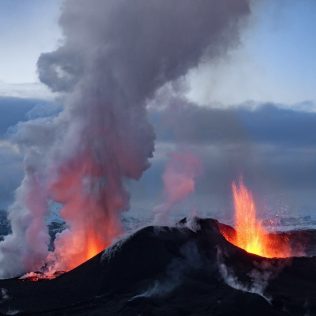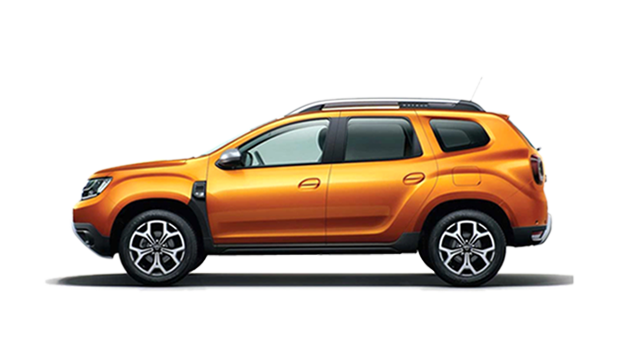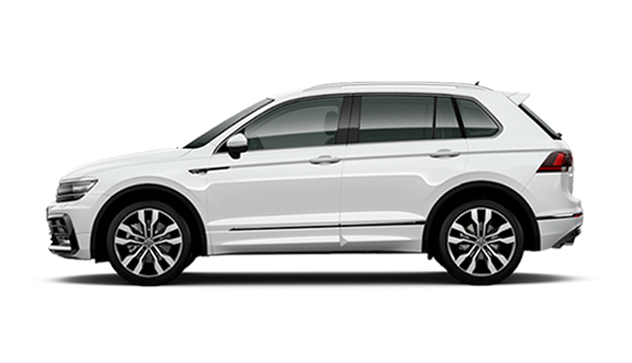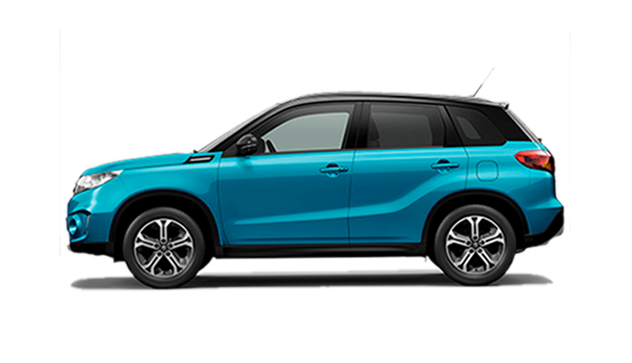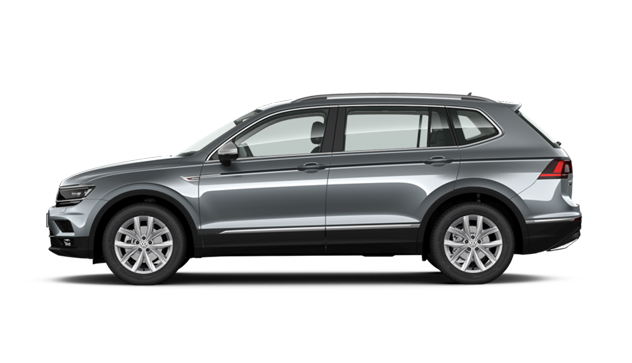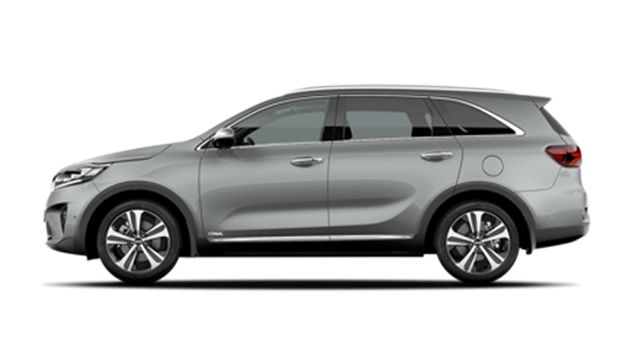When planning a road trip around Iceland, one of the first questions you might ask is, “Is it safe to drive in Iceland?” At Firefly Car Rental Iceland, we understand your concerns and are here to provide you with comprehensive insights and tips to ensure your driving experience is safe, enjoyable, and unforgettable.
Understanding Icelandic Road Conditions
Driving in Iceland offers a unique opportunity to explore breathtaking landscapes, from rugged mountain roads to scenic coastal paths. However, the road conditions can vary dramatically, depending on the type of road and the weather. Most major routes, like the well-known Ring Road, are well-maintained, but you should be prepared for frequently changing driving conditions.
- Mountain roads (F-roads) and Road Surfaces: In Iceland, you might find yourself on narrow, winding paths, especially in mountainous areas. These roads may also quickly transition from pavement to gravel. A four-wheel drive vehicle is highly recommended for these conditions, as it provides better control and safety. The diverse road surfaces you will encounter necessitate a cautious approach to speed and driving style.
- Speed limits and Driving Conditions: Adhering to local speed limits is crucial for safety. The limits are generally set at 50 km/h in urban areas and 90 km/h on highways. However, these can change depending on weather conditions and road types, which makes checking signs and staying alert imperative.
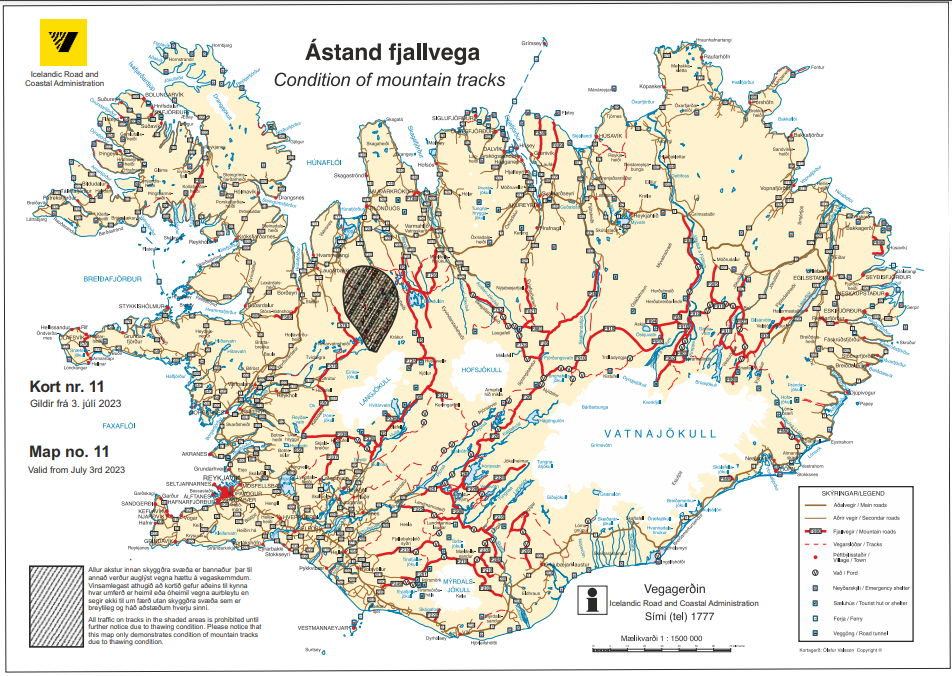
Key Hazards on Roads in Iceland
The roads in Iceland can present various challenges, especially for those not used to Icelandic roads. Here are some hazards to be aware of:
- Mountain roads: Often narrow and winding, with steep drops. A wheel drive vehicle is recommended.
- Road surfaces: Can be unpredictable. Gravel roads are common outside urban areas, so adjusting your speed according to the road surfaces is a good idea.
- Speed limits: It’s crucial to adhere to local speed limits, which are typically 50 km/h in urban areas and 90 km/h on highways.

How to Hire a Car in Iceland to Be Safe
When considering renting a car in Iceland, there are several important factors to keep in mind to ensure your safety and enjoyment throughout your trip. First, choose a vehicle that matches the nature of your travel.
For rugged terrains and unpaved roads, a cheap four-wheel drive is advisable, as it offers better traction and stability in varied conditions, including snow, ice, and gravel. Additionally, check that the rental includes all necessary safety equipment, such as studded winter tires in the colder months and a comprehensive emergency road kit.
Equally important is choosing a reputable rental company that offers transparent terms, comprehensive insurance options, and reliable customer support. Insurance should, at a minimum, include collision damage waiver (CDW) and TPL.
It’s also wise to inquire about any additional coverage that might be necessary, such as gravel protection, which is often recommended in Iceland due to its gravel roads.
Finally, ensure that the car you rent has been thoroughly checked and maintained. A well-maintained vehicle reduces the risk of breakdowns and ensures better performance under the challenging driving conditions that can occur in Iceland.
Take a moment to familiarize yourself with the vehicle’s features and handling before you begin your journey, especially if you’re renting a type of car you’ve never driven before. This preparation will help you navigate the stunning but sometimes demanding Icelandic landscapes safely and comfortably.

Tips for Driving a Car in Iceland
Renting a car in Iceland from a reliable car rental company like Firefly Car Rental Iceland is a great start. We provide vehicles equipped for the local terrain, from compact cars for city trips to sturdy four-wheel drive vehicles ideal for mountain roads. Here are some tips to keep in mind:
- Always have a credit card handy, as many services, including gas stations, might require it for payment.
- Driving a four wheel drive vehicle is recommended, especially if you plan to explore off-the-beaten-path areas.
- It’s a good idea to check local weather (via vedur.is) and road advisories (via road.is)daily.
Please note, while road trips in Iceland can be mesmerizing, they require good preparation and awareness of local laws and conditions.
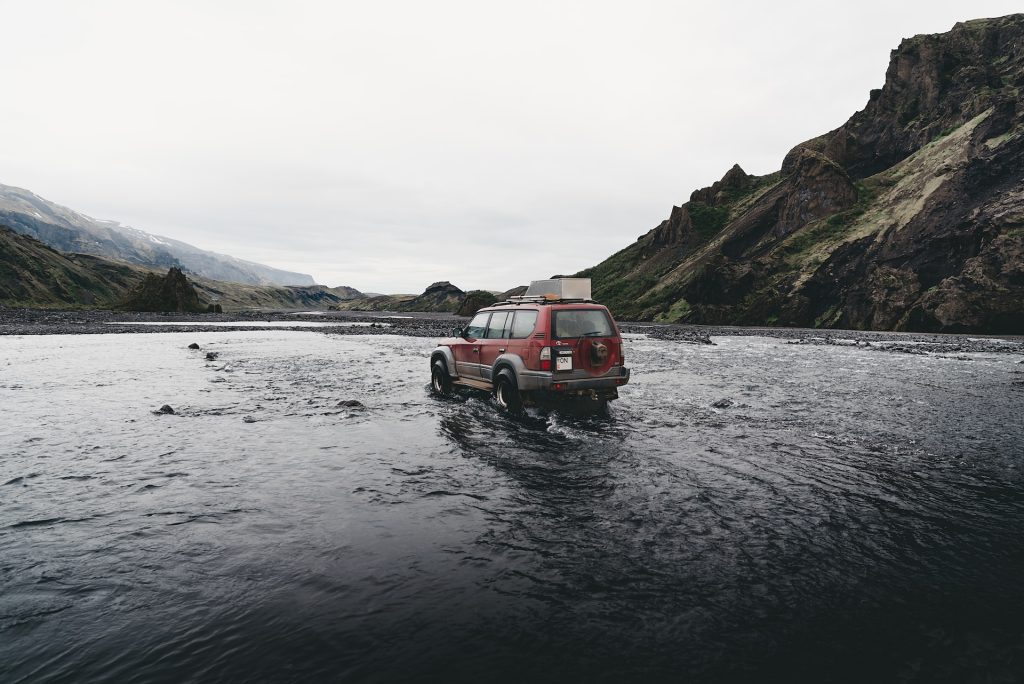
Weather Conditions and Driving Safety in Iceland
The weather in Iceland can be unpredictable and change rapidly, affecting driving conditions significantly:
- Winter Weather: Snow, ice, and low visibility are common in winter, requiring special precautions. Winter tires and additional safety equipment like snow chains can be essential.
- Icelandic winter months detailed guides:
- Summer and Unexpected Changes: Even in summer, weather patterns can shift unexpectedly. Fog, rain, and strong winds are possible and can reduce visibility and road traction
- Icelandic summer months detailed guides:
Please note, staying updated with the latest weather forecasts during your trip is crucial. It helps you prepare adequately for the conditions you might face on your journey.

Planning Your Road Trip Around Iceland
An ultimate guide to safe driving in Iceland also includes thoughtful planning of your route:
- Road Trip Itinerary: Plan your journey, considering both the main attractions and the distances between them. Iceland’s Ring Road offers a comprehensive route that covers many key sights, but remember that diversions into more remote areas require careful planning.
- Stops and Rest: Regular stops are a good idea to rest and check your vehicle. This reduces the risk of fatigue and ensures that your car remains in good condition.
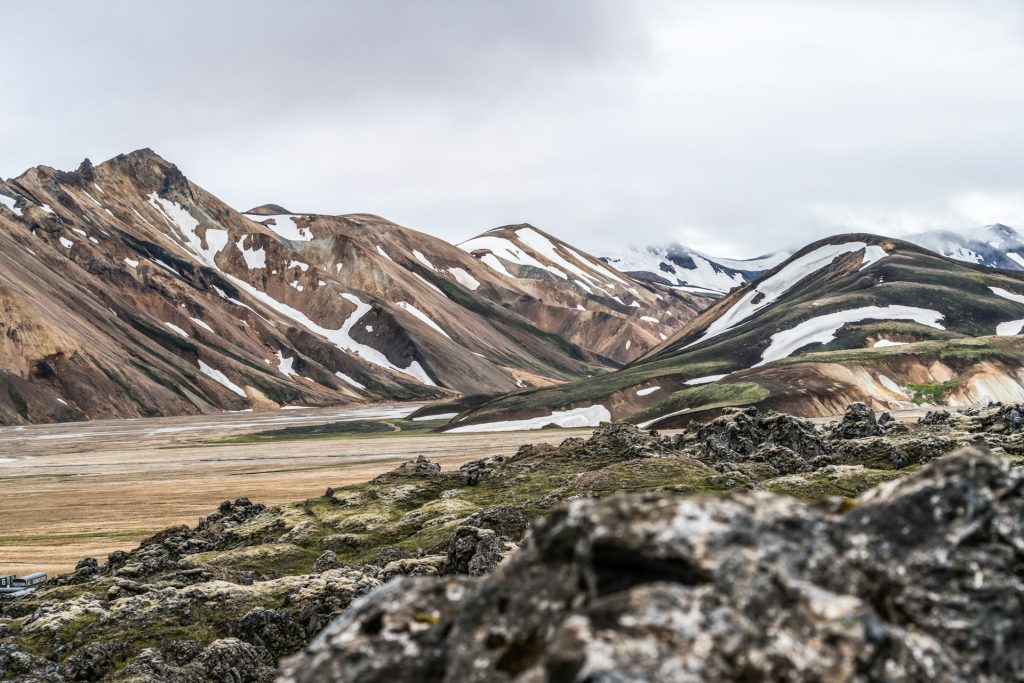
FAQs on Driving in Iceland
Q: Do I need a special license to drive in Iceland?
A: Your standard driver’s license from your home country (if that is in English with Roman script) is generally acceptable. However, always check current requirements before your trip.
Q: What should I do if I encounter a storm or severe weather?
A: If severe weather strikes, it’s safer to stay off the roads. Icelandic weather can be unpredictable, and driving conditions can deteriorate quickly.
Q: Are there specific rules for driving in rural vs. urban areas?
A: Yes, besides varying speed limits, be aware that rural areas might not have as many services or gas stations, so plan accordingly.
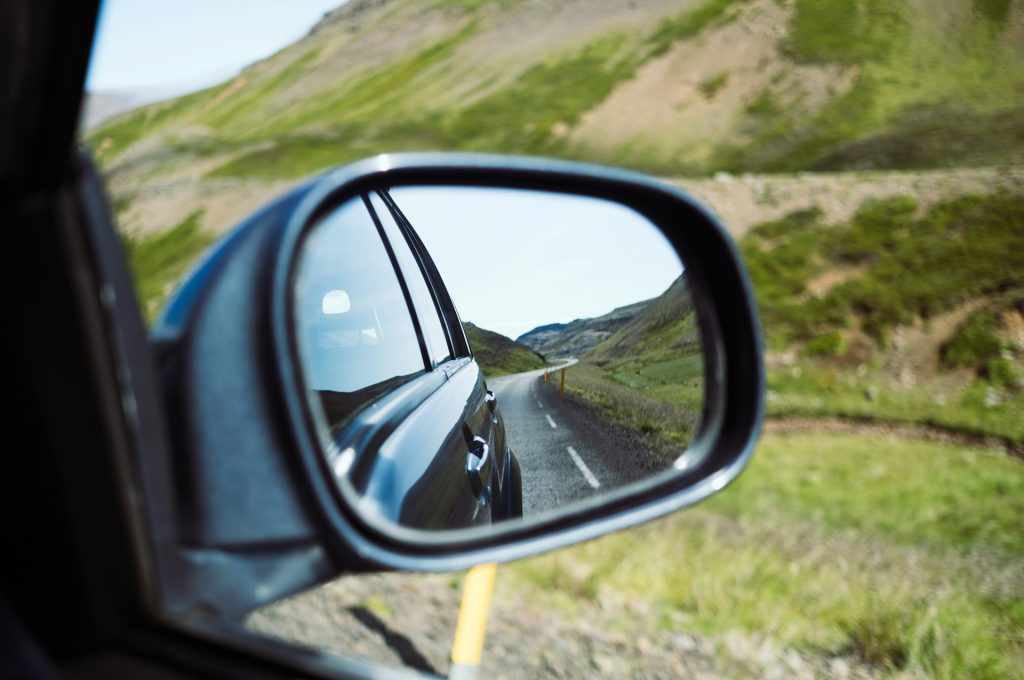
Conclusion
Driving in Iceland is indeed safe, provided that you are prepared and respect the local driving laws and conditions. By choosing Firefly Car Rental Iceland, you’re opting for a trusted partner who will ensure you have a safe and equipped vehicle for whatever adventures you choose to embark on. Remember, every turn on an Icelandic road can reveal new wonders and, with the right preparation, you can enjoy them all at your own pace.
Feel confident to take on the roads of Iceland with Firefly Car Rental Iceland, where your safety and comfort are our top priorities. Ready to explore? Visit our website or contact us directly to book your vehicle and start planning your dream road trip around Iceland today!
